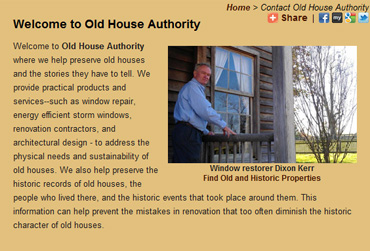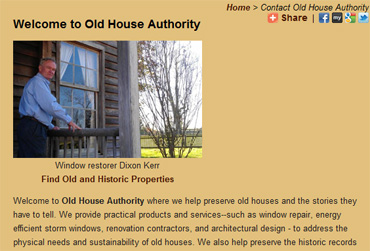- my website is too busy
- it's too hard to find information
- there's just too much stuff
- I don't know what to click on
1. Create a Site Map
When your website has lots of information to present, it's very helpful to organize it by categories. Here is an example site map:
- Home
- About Us
- Our Company
- Our History
- Our Staff
- Testimonials
- Our Company
- Services
- Press Room
- Contact Us
2. Clean up your home page
The tendency for every website is to post every bit of new information to your home page. This is OK, as long as your remove the not-so-new information from the home page at the same time.
It's actually very helpful to keep your home page updated with "What's New" type of things. It's just when you forget to take them down when they're not new anymore is when you run into problems.
3. Keep pictures organized
Nothing will make a website look more jumbled than having random, huge images scattered randomly on your website. Make sure all your pictures follow these guidelines:
- Resize them. Make sure they're big enough to view, but still fairly small. Allow users to click them to view larger version if necessary.
- Use photo galleries. If you want to use large photos then keep them organized in a photo gallery where people can view them if they want to.
- Add some extra padding in between your images and the text or the end of the screen. Having things too close together makes it look cluttered.
- Wrap text around pictures. It looks good to fill up any empty space on your website with text. See the example below:

The best way to align your images with text wrapped around.

The not so good way to align your images.
4. Ask people what they think
Since we know our own websites inside and out, we often don't have the correct point of view. Ask people who don't look at your website very much what they think. Is it easy to navigate? Is it intuitive? Or do they look at it blankly not really knowing what to do, click on, or read?
Hopefully these tips help you keep your website usable and not too cluttered. Remember that your users want to find things easily and quickly. Good luck!

